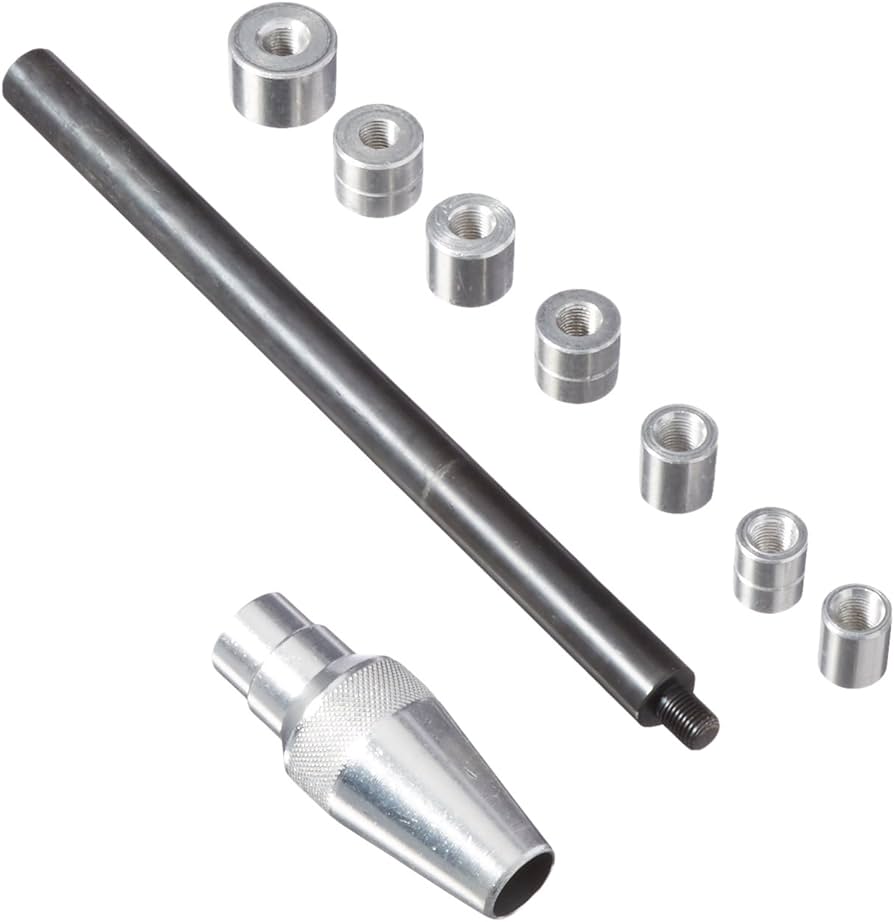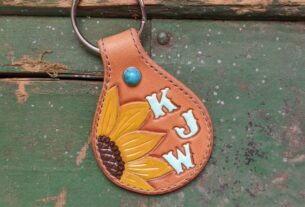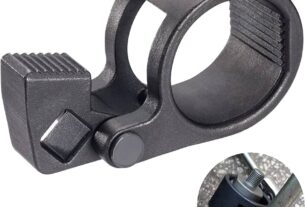If you are a mechanic, car enthusiast or just someone who likes fixing things, then you must have heard of the clutch tool. A clutch tool is an essential device that helps in the installation and removal of clutches in vehicles. Whether you own a manual or automatic vehicle, you may need to use a clutch tool at some point.
In this article, we will explore everything about the clutch tool. From what it is, how it works, to different types and their applications. We will also discuss how to choose the best clutch tool for your needs and provide tips on how to use it effectively. So, buckle up and let’s dive into the world of clutch tools!
What is a Clutch Tool?
A clutch tool is a device used in the maintenance and repair of vehicles with manual transmissions. It is designed to help remove and install clutches, which are responsible for connecting and disconnecting the engine from the transmission. The clutch tool makes it easier to access and remove the clutch assembly without damaging other parts of the vehicle.
How Does a Clutch Tool Work?
A typical clutch tool consists of several components: a pressure plate clamp, alignment tool, pilot bushing/bearing puller, and flywheel lock. These tools work together to assist with removing and installing clutches in a variety of vehicles.
When using a clutch tool, you first need to secure the vehicle on jack stands or lift it off the ground using a hydraulic jack. Then follow these steps:
Step 1: Remove the transmission
The first step in removing or replacing a faulty clutch is to remove the transmission. This can be done by detaching bolts that hold it in place and lowering it carefully.
Step 2: Secure Flywheel
The next step involves securing the flywheel using a flywheel lock. This prevents any rotation that can make it difficult to remove or install the clutch.
Step 3: Remove Pressure Plate
Using a pressure plate clamp, loosen the bolts that hold the pressure plate in place. Once they are loose, remove the pressure plate and clutch disc.
Step 4: Remove Pilot Bushing or Bearing
If you need to replace the pilot bushing or bearing, use a puller to remove it from the crankshaft.
Step 5: Install New Clutch Assembly
To install a new clutch assembly, you will need to align it with the flywheel using an alignment tool. Then proceed to bolt it back in place using a torque wrench.
Types of Clutch Tools
There are several types of clutch tools available on the market today. The most common ones include:
1. Clutch Alignment Tool
A clutch alignment tool is used to position the clutch disc properly during installation. It ensures that the transmission input shaft aligns correctly with the engine crankshaft.
2. Flywheel Locking Tool
A flywheel locking tool helps prevent rotation of the flywheel during installation and removal of clutches. This makes it easier to tighten or loosen bolts without causing damage to other parts of the vehicle.
3. Pilot Bearing Puller/Installer
This tool is used to remove and install pilot bearings or bushings from the crankshaft. It is essential for replacing worn-out bearings that can cause noise or vibration in the drivetrain.
4. Pressure Plate Clamp
A pressure plate clamp is used to compress the pressure plate springs during installation or removal of clutches. It makes it easier to access and removes these components without damaging them.
How to Choose the Best Clutch Tool?
When choosing a clutch tool, there are several factors you need to consider. These include:
1. Compatibility- Ensure that the tool is compatible with your vehicle’s make and model before purchasing it.
2.Quality- Look for high-quality materials that can withstand heavy use without breaking down quickly.
3. Ease of use – Choose a tool that is easy to use and requires minimal effort to install or remove clutches.
4. Price- Compare prices from different manufacturers to get the best deal for your budget.
Tips for Using a Clutch Tool
Here are some tips for using a clutch tool effectively:
1. Always follow the manufacturer’s instructions when using a clutch tool.
2. Wear protective gear like gloves and eye protection when using a clutch tool.
3. Make sure the vehicle is on level ground and properly secured before using the tool.
4. Use the right size of the clutch tool to avoid damaging other components.
5. Apply even pressure when compressing or loosening bolts to prevent damage.
Conclusion
A clutch tool is an essential device for anyone who owns or works on manual transmission vehicles. It makes it easier to remove and install clutches without damaging other parts of the vehicle. When choosing a clutch tool, consider factors such as compatibility, quality, ease of use, and price. Follow the manufacturer’s instructions carefully and use protective gear when working with these tools.
References:
1) https://en.wikipedia.org/wiki/Clutch_tool
2) https://www.autozone.com/test-scan-and-specialty-tools/clutch-alignment-tool
3) https://www.summitracing.com/search/part-type/flywheel-locking-tools
4) https://www.jegs.com/c/Transmission-Drivetrain_Clutch-Components_Clutch-Tools/10153/10002/-1
5) https://www.howacarworks.com/transmission/how-to-replace-a-clutch-and-flywheel#step3




